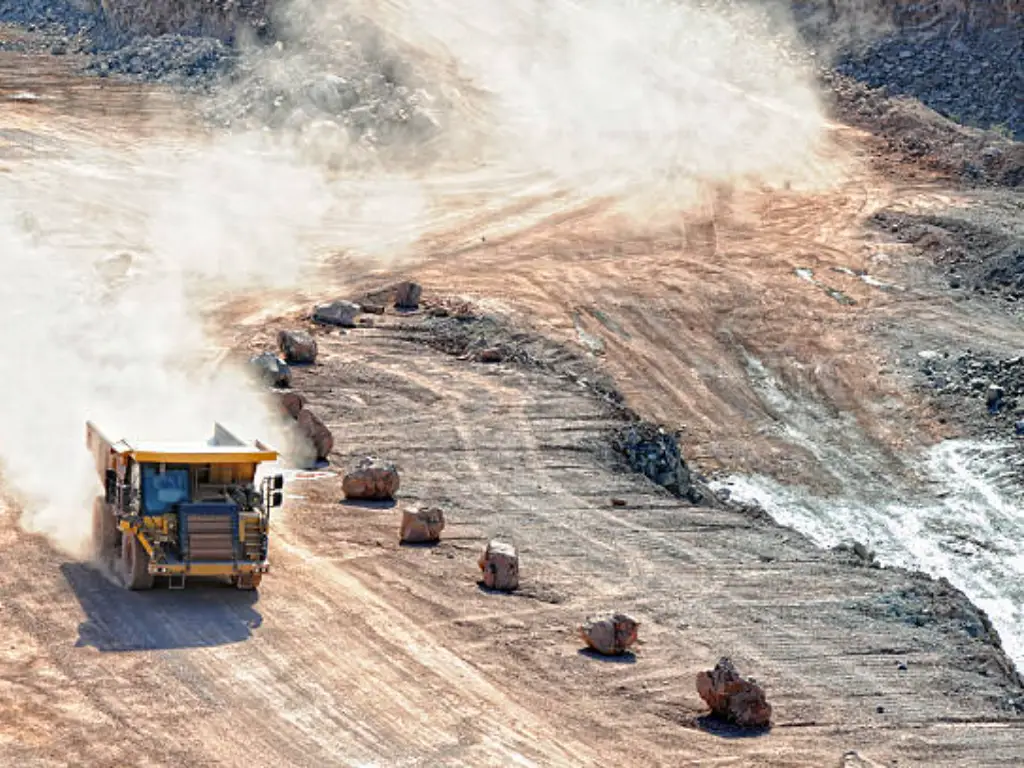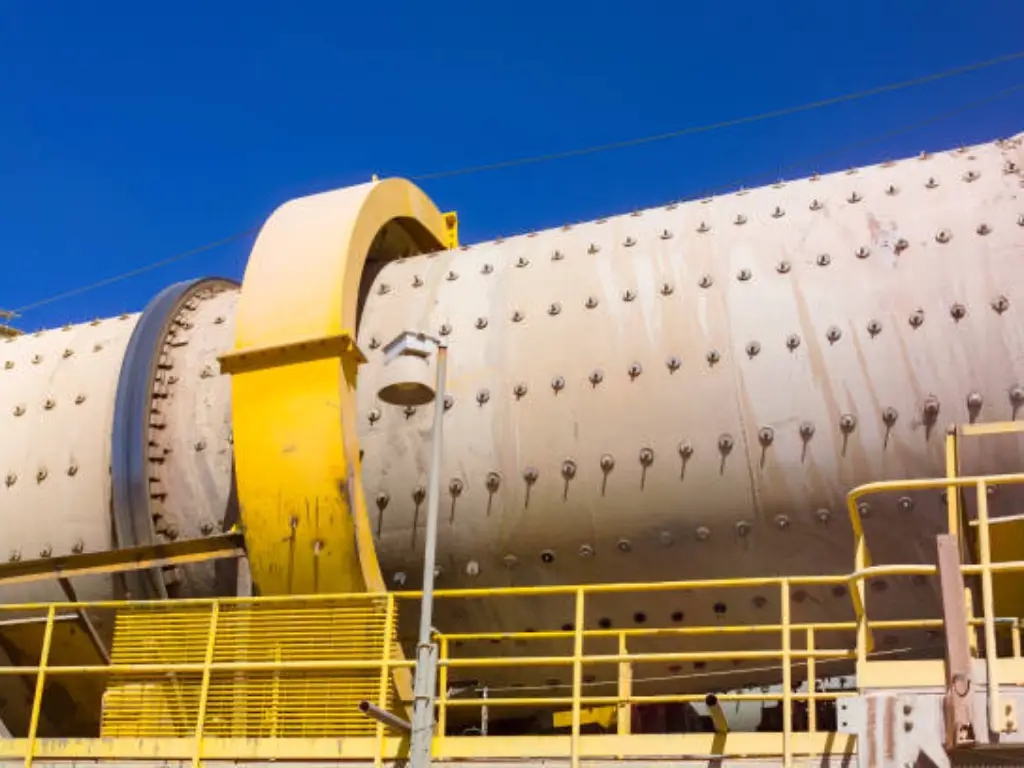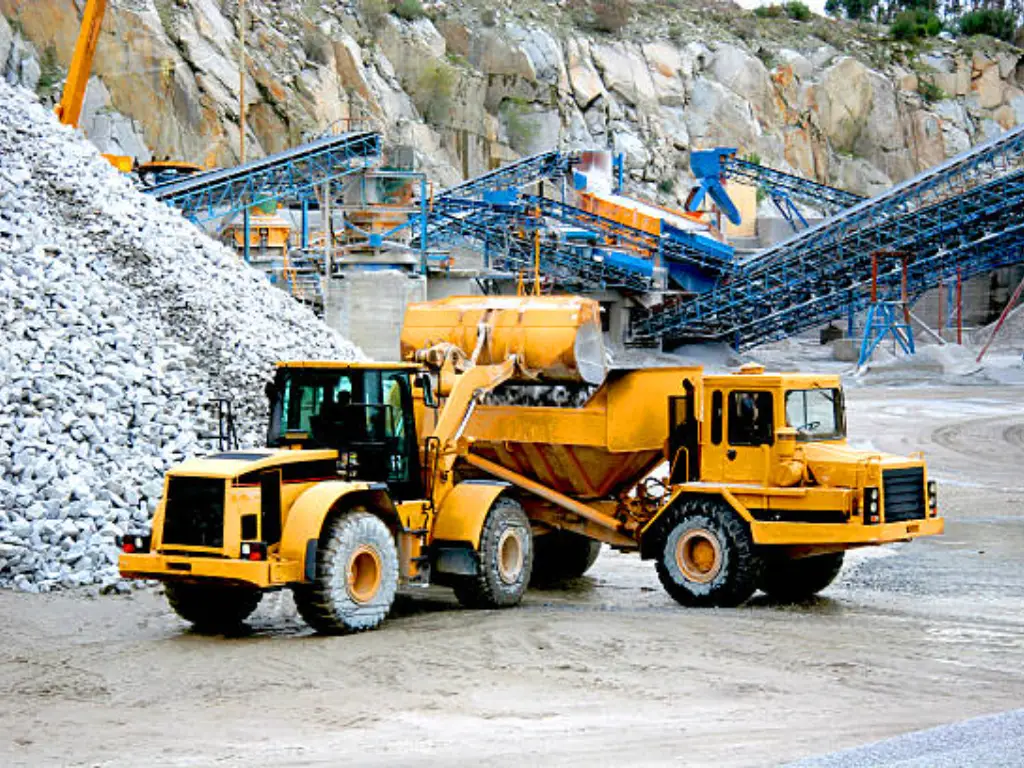We were established as the most specialized mineral processing equipment company since 1985.


| Types | Stage of Use | Function | Applicable Ore Types |
|---|---|---|---|
| Jaw Crushers | Crushing | Primary size reduction of large ores | Coarse materials, metal ores (e.g., gold, copper, iron) |
| Gyratory Crushers | Crushing | Coarse size reduction and material handling | Hard rock, large deposits (e.g., granite, basalt) |
| Cone Crushers | Crushing | Secondary size reduction, producing smaller, uniform particle sizes | Medium to hard ores (e.g., copper, nickel) |
| Rod Mills | Grinding | Fine grinding using steel rods to achieve particle liberation | Various ores (e.g., copper, lead, zinc) |
| Ball Mills | Grinding | Ultra-fine grinding of materials, using steel balls for impact and abrasion | Ferrous and non-ferrous minerals (e.g., gold, silver) |
| Spiral Concentrators | Concentration | Gravity separation of minerals based on density differences | Heavy minerals (e.g., gold, tin, coltan) |
| Hydrocyclones | Classification | Size classification and density separation using centrifugal forces | Various ore types, particularly fine materials |
| Magnetic Separators | Separation | Magnetic separation of ferromagnetic minerals from non-magnetic materials | Iron ores, industrial minerals (e.g., magnetite) |
| Froth Flotation Cells | Concentration | Separation of minerals based on surface chemistry, using air bubbles | Copper, lead, zinc, and other sulfide ores |
| Screening Equipment | Classification | Separating materials based on size, preventing oversize material from proceeding | All types of ores and aggregates |
| Filter Presses | Dewatering | Solid-liquid separation to remove excess water from slurries | Processed ore slurries and tailings |
| Thickeners | Dewatering | Concentrating slurries by allowing solids to settle and removing excess liquid | Tailings and mineral concentrates |
| Dewatering Screens | Dewatering | Separating water from solids to produce a dry product | Final concentrate from various ore types |
| Gravity Separators | Concentration | Using gravity to separate heavy minerals from lighter materials | Gold, diamonds, and other heavy minerals |
| Centrifuges | Dewatering and Separation | Separating materials based on density and moisture content | Fine minerals and tailings |

Some of the minerals have specific physical and chemical characteristics that dictate the right method of processing. For instance, magnetic minerals can be separated using magnetic separation methods while others can be separated using froth floatation based on hydrophobicity. The extraction of nickel can be done through various methods such as gravity separation and chemical extraction depending on the type of the ore. The list of reasons for choosing certain techniques includes mineral content, the level of purity that is expected and required, and the relative motion of particles in the circuit that determines the efficiency of the recovery.
We provide the best mine processing solution in the industry. We design our products with performance and efficiency, trusted over the years and recognized by many countries. Let’s get you started.

Copyright © 2022, JXSC All rights reserved.
Privacy Policy
Terms & Conditions
